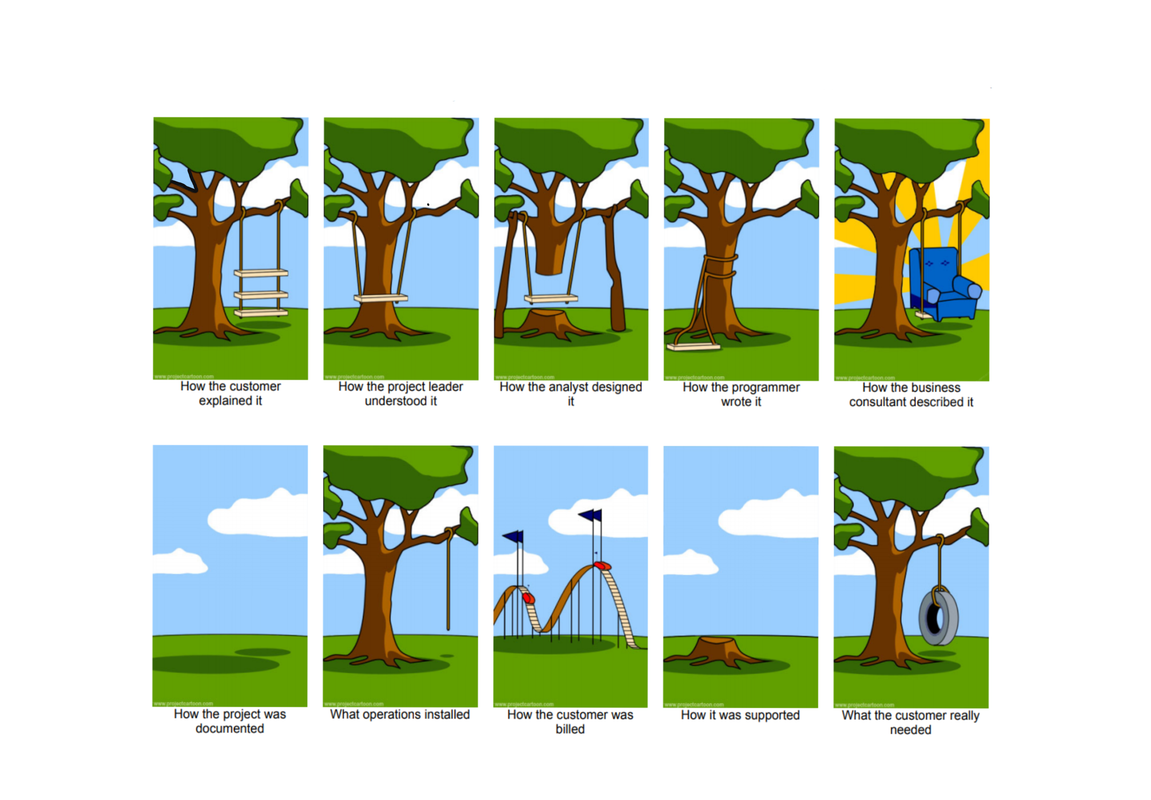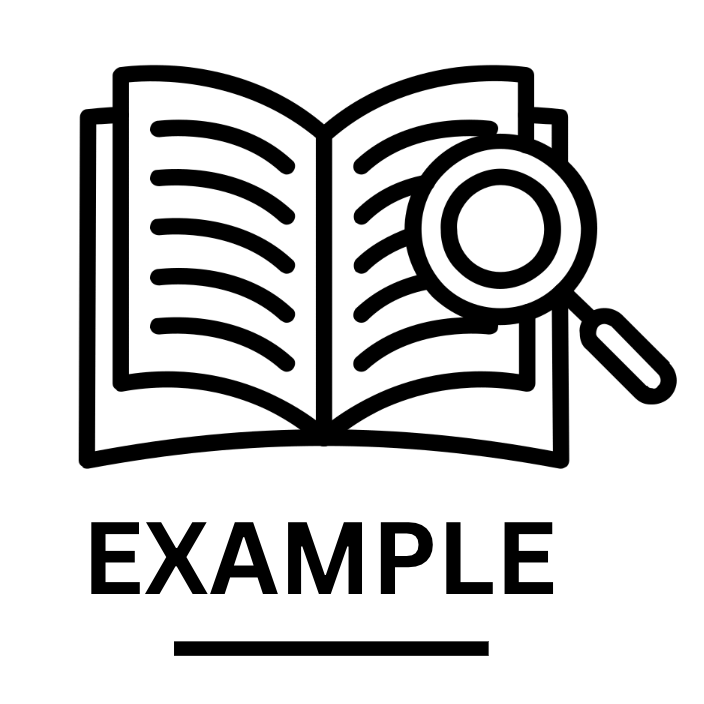RealmQuest: Rise of Legends offers an unparalleled gaming experience that immerses players in a vivid and captivating virtual world. With stunning graphics, intricate storytelling, and an array of engaging quests, the game seamlessly transports players to fantastical realms where they can embark on epic adventures and overcome formidable challenges. The attention to detail in the game design and the immersive sound effects further enhance the gameplay experience, allowing players to truly feel like they are part of the richly crafted universe. Whether it's exploring ancient ruins, battling mythical creatures, or unraveling hidden mysteries, RealmQuest: Rise of Legends provides an interactive and deeply engaging experience that keeps players immersed for hours on end. The combination of compelling gameplay mechanics and immersive visuals with a captivating narrative makes RealmQuest: Rise of Legends a standout gaming experience that captivates players from start to finish.
RealmQuest: Rise of Legends offers an unparalleled gaming experience that immerses players in a vivid and captivating virtual world.
This sentence introduces the main idea of the paragraph, setting the stage for the subsequent sentences that support and expand upon this idea.
With stunning graphics, intricate storytelling, and an array of engaging quests, the game seamlessly transports players to fantastical realms where they can embark on epic adventures and overcome formidable challenges.
This sentence provides specific details about the game's features, explaining how it creates an immersive experience through its stunning graphics, intricate storytelling, and engaging quests. The sentence flows logically from the introduction, elaborating on how these elements contribute to the immersive experience.
The attention to detail in the game design and the immersive sound effects further enhance the gameplay experience, allowing players to truly feel like they are part of the richly crafted universe.
This sentence continues the discussion of immersive elements by highlighting the attention to detail in the game design and the immersive sound effects. It logically connects to the previous sentence, explaining how these aspects contribute to the overall experience of feeling like a part of the virtual world.
Whether it's exploring ancient ruins, battling mythical creatures, or unraveling hidden mysteries, RealmQuest: Rise of Legends provides an interactive and deeply engaging experience that keeps players immersed for hours on end.
This sentence provides examples of the activities players can engage in within the game, showcasing the diverse and captivating gameplay experiences available. It logically follows the previous sentences, illustrating how these interactive elements contribute to the overall immersion and engagement of players.
The combination of compelling gameplay mechanics and immersive visuals with a captivating narrative makes RealmQuest: Rise of Legends a standout gaming experience that captivates players from start to finish.
This concluding sentence summarizes the paragraph, reiterating the coherence by highlighting the combination of gameplay mechanics, visuals, and narratives that make RealmQuest: Rise of Legends a standout and captivating gaming experience. It logically ties together the main points discussed throughout the paragraph, providing a cohesive ending to the ideas presented.
Keep Your Paragraphs Short
Don’t make paragraphs so long that they appear uninviting to read.
Business paragraphs should not be so long that the reader gives up. You are not writing a novel or a doctoral thesis, so keep your email, report, and other document paragraphs short.
Example: Here Is the Last Paragraph, but Shorter
RealmQuest: Rise of Legends provides an immersive gaming experience through stunning graphics, intricate storytelling, and engaging quests. With attention to detail in game design and immersive sound effects, players feel fully immersed in the richly crafted universe. Whether exploring ruins, battling creatures, or unraveling mysteries, the game offers an interactive and captivating experience. The combination of compelling gameplay mechanics, immersive visuals, and a captivating narrative makes RealmQuest: Rise of Legends a standout gaming experience that captivates players from start to finish.







 Articles
Articles Books
Books Websites
Websites